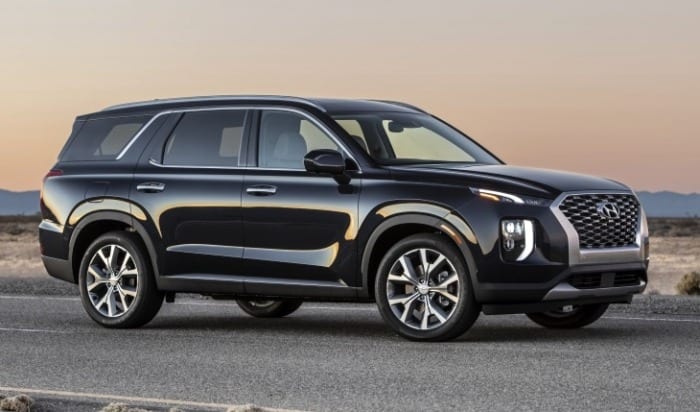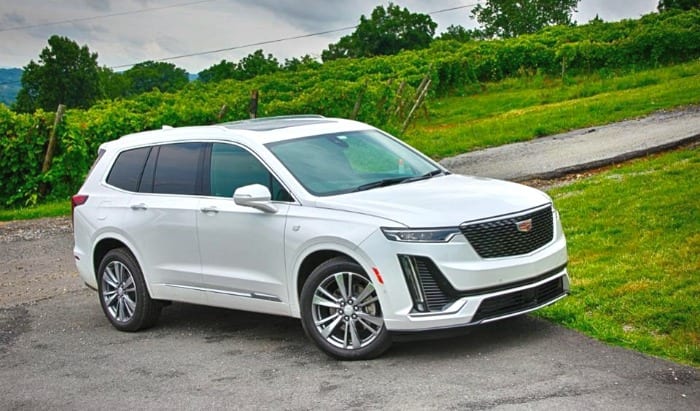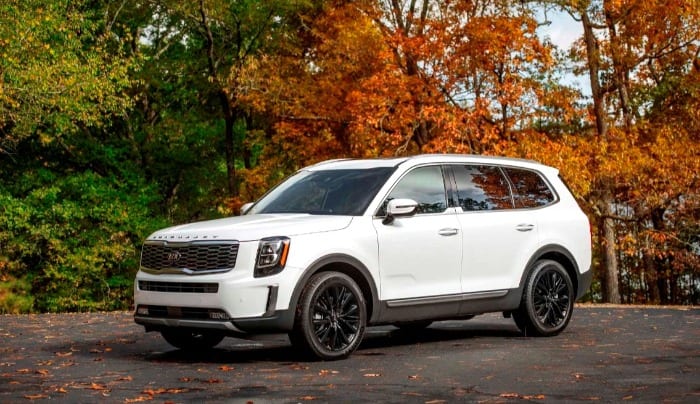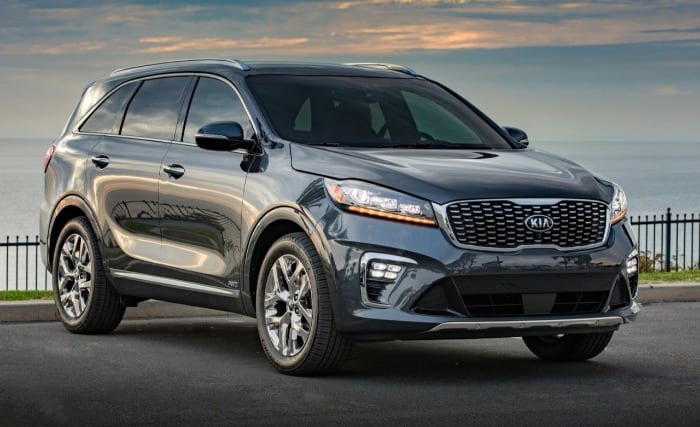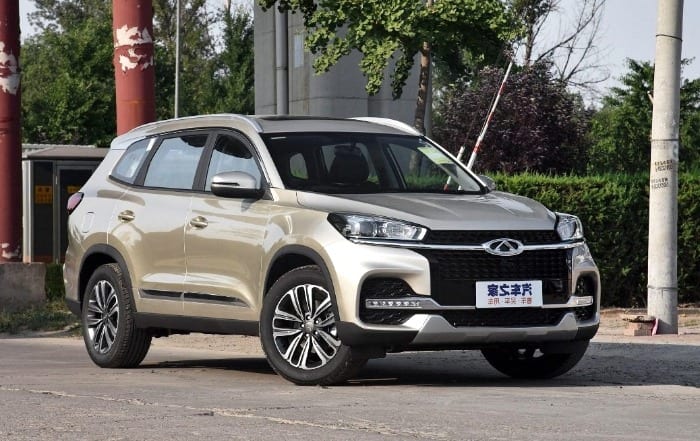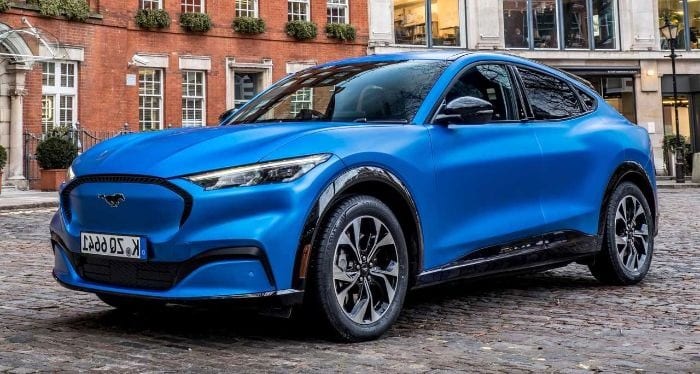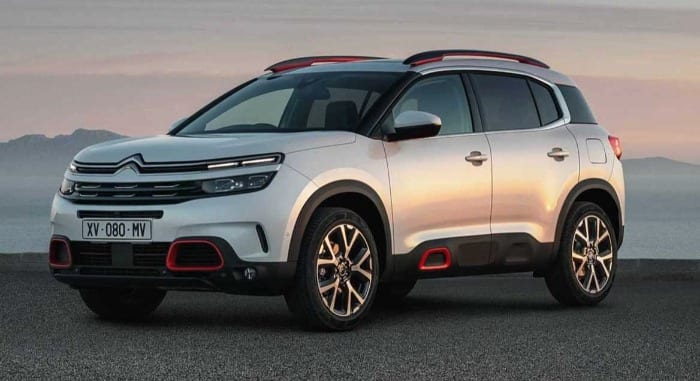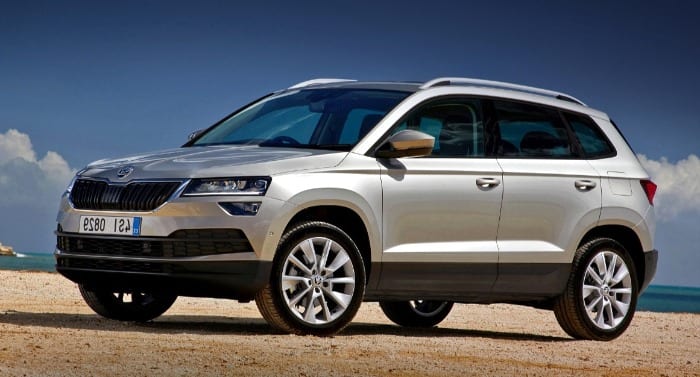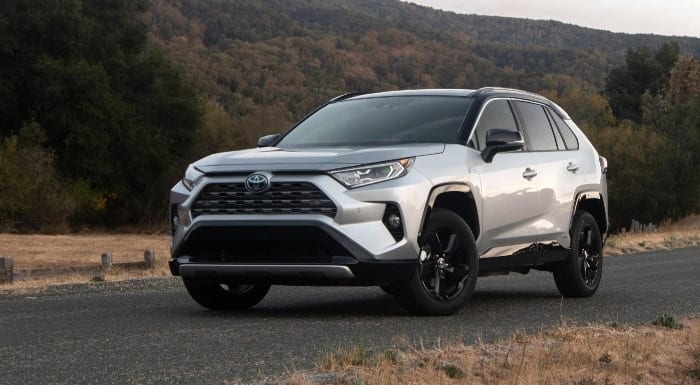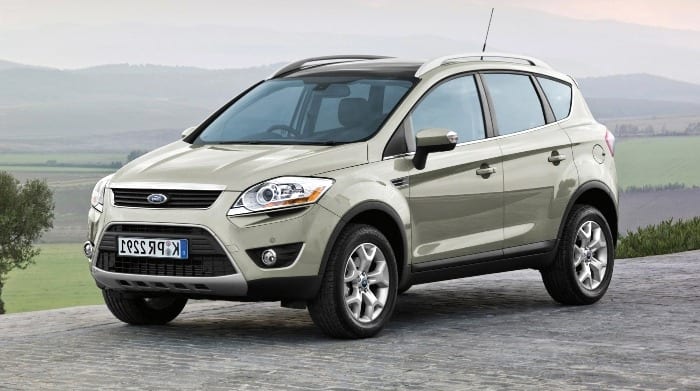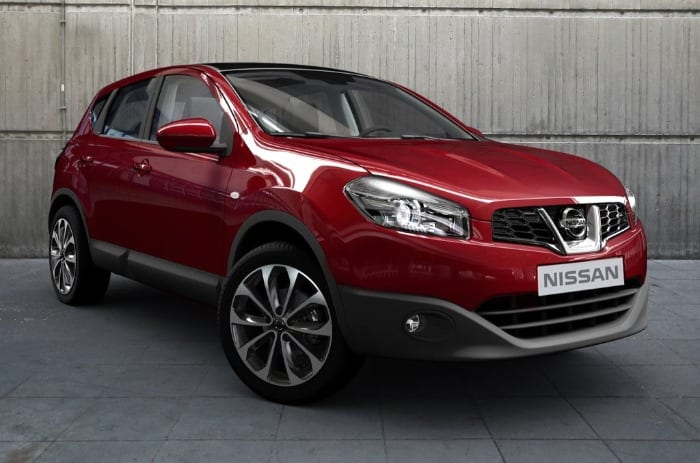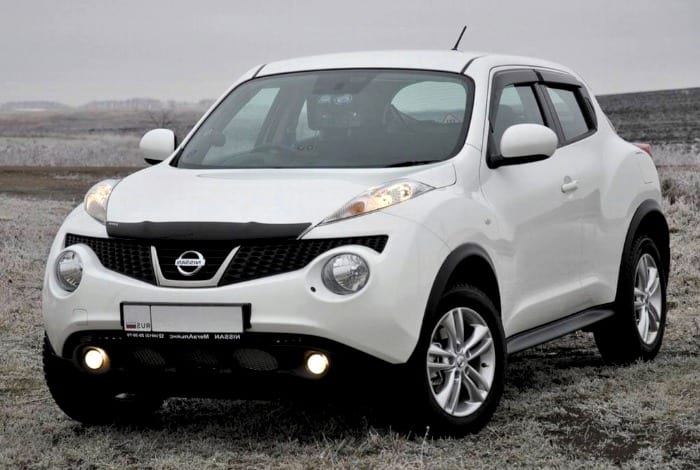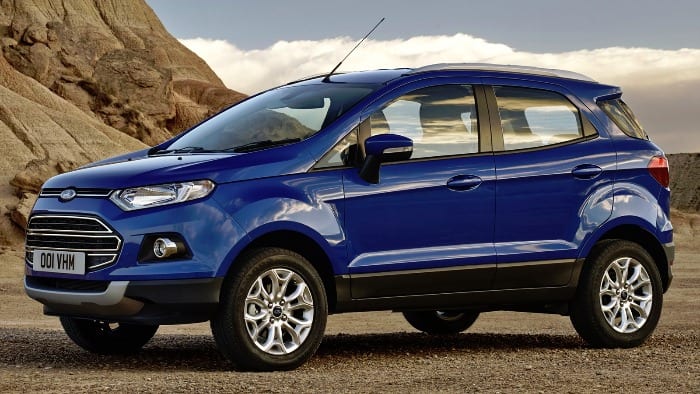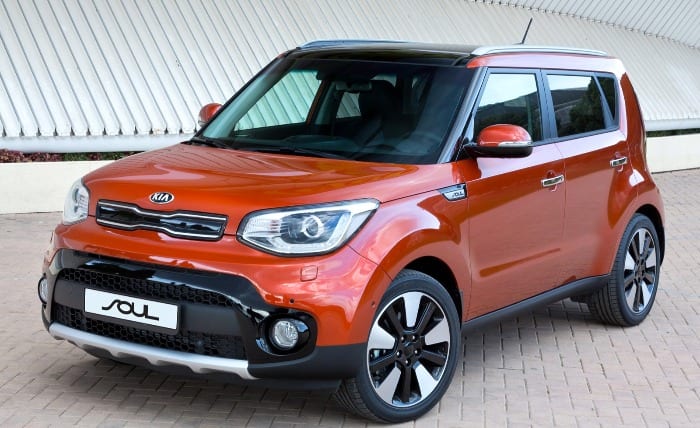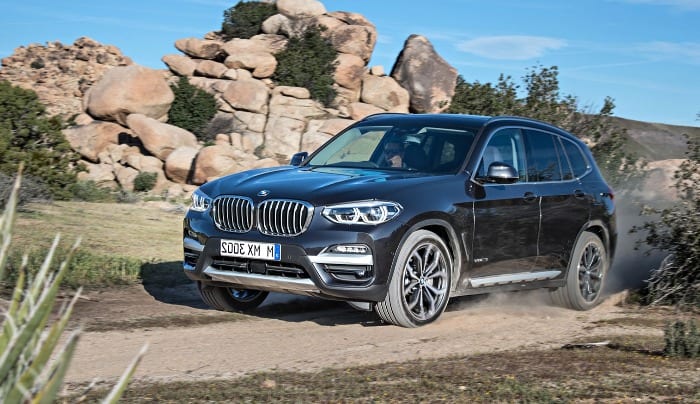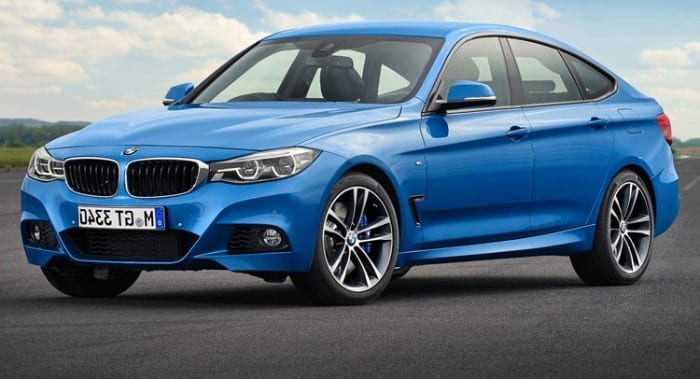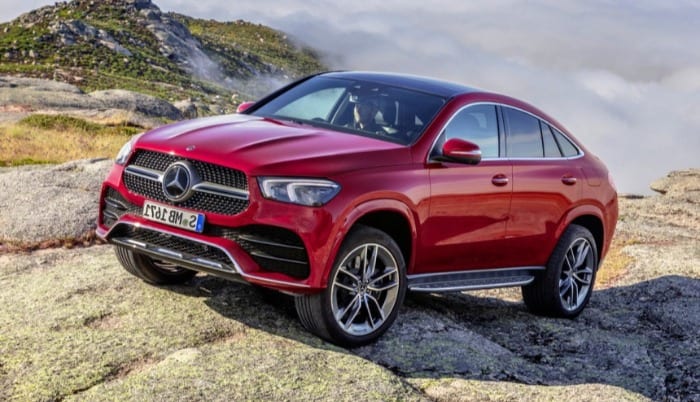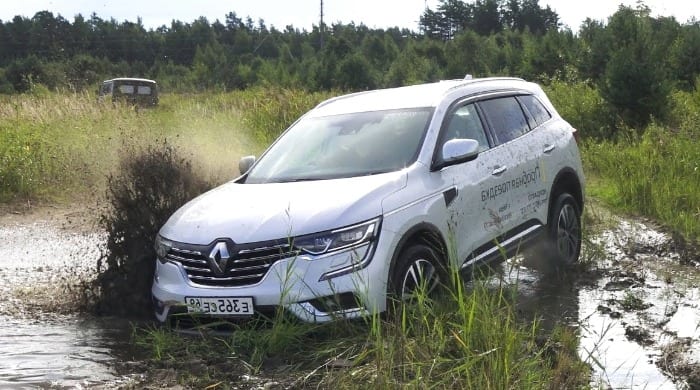
What is a crossover, pros and cons
Content
- What is a crossover
- Crossover Body History
- Appearance and body structure
- High ground clearance and precise control
- Crossover Subclasses
- The main features of crossovers
- What is different from SUV and SUV
- A few words about choosing a crossover
- Here are some useful tips to help you choose the perfect crossover model for you:
- The most popular crossover models
- Advantages and disadvantages of a crossover
- Related videos
- Questions and answers:
Over the past few decades, crossovers have become increasingly popular in the automotive market. Interest in such cars is shown not only by residents of the countryside, but also those who live in large cities.
According to statistics, as of March 2020 crossovers are among the top ten best-selling cars in Europe. A similar picture has been observed for more than one year.
Consider what a crossover is, how it differs from an SUV and SUV, as well as what its advantages and disadvantages are.
What is a crossover
Crossover is a relatively young variety of the body, which in many ways resembles the design of an SUV. In this case, the platform of a passenger car is taken as a basis. The Wall Street newspaper described this type of vehicle as a station wagon, similar to an SUV, but on the road no different from a conventional passenger car.
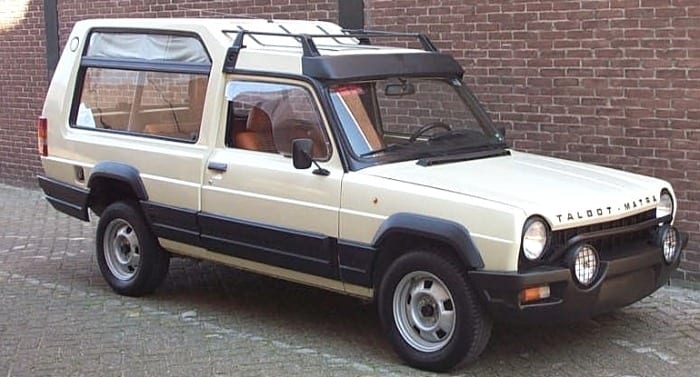
The term "crossover" means the transition from one direction to another. In fact, this "transition" is carried out from an SUV to a car.
Here is a list of the main features of this type of body:
- Capacity for at least five people (with driver);
- Spacious and comfortable lounge;
- Four-wheel drive or front-wheel drive;
- The increased ground clearance compared to a passenger car.
These are external signs by which you can recognize a crossover in a vehicle. In fact, the main feature is the “hint” on the SUV, but without a frame structure and with a simplified transmission.
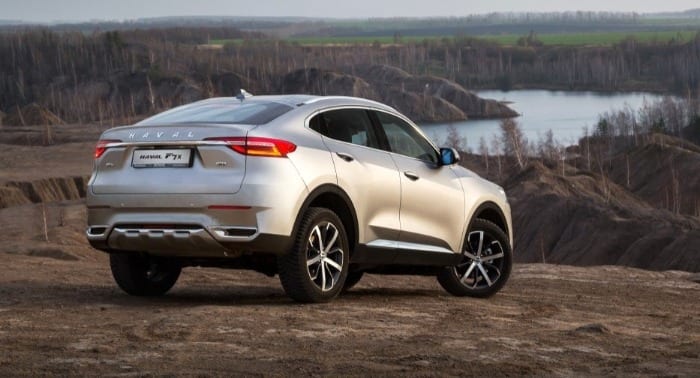
Some experts attribute this type of body to a subclass of sports utility vehicles (or SUV - a lightweight truck designed to transport passengers).
Others believe that this is a separate class of cars. In the description of such models, the designation CUV is often present, the decoding of which is Crossover Utility Vehicle.
Often there are models that have great similarities with generalists. An example of such models are the Subaru Forester.
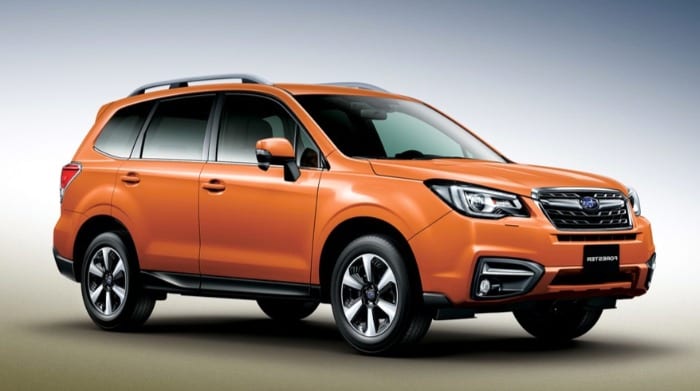
Another original variant of the crossover station wagon is the Audi Allroad Quattro. Such modifications prove that this class of cars is sometimes difficult to distinguish by external features.
Crossover Body History
Since crossovers are a kind of hybrid of a passenger car and an SUV, it is difficult to determine a clear boundary when such models appeared.
Particularly popular among motorists of the post-war era were full-fledged SUVs. They have established themselves as the most reliable vehicles in areas with poor traffic.
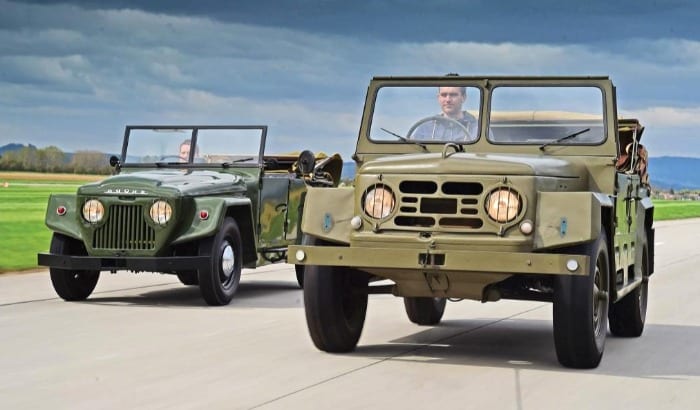
For rural areas, such cars (especially for farmers) were practical, but for urban conditions, most of the options were completely useless. However, people wanted to have a practical car, but with no less reliability and comfort than an SUV.
The first attempt to combine an SUV and a passenger car was made by the American company Willys-Overland Motors. In 1948, the Jeep Jeepster was released. The high quality of the SUV has been complemented by elegant fittings and luxurious touches. In just two years, 20 copies rolled off the assembly line of the company.
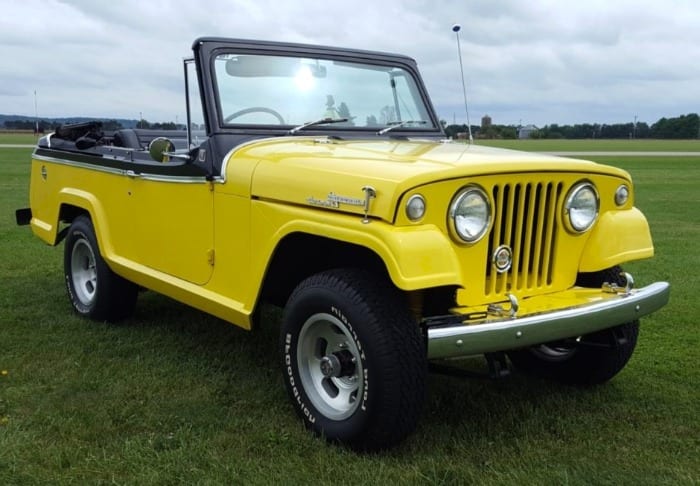
In the Soviet Union, a similar idea was implemented by the Gorky Automobile Plant. In the period from 1955 to 1958, 4677 M-72 cars were built.
As the chassis GAZ-69 elements were used, and the power unit and body were taken from the M-20 Pobeda. The reason for creating such a "hybrid" was the task of creating a car with increased cross-country ability, but with the comfort of a road version.

Despite such attempts, such vehicles were not classified as an alternative to passenger cars. From the point of view of marketing, they cannot be called crossovers, because they were not offered for daily operation in urban conditions.
Rather, it was a car designed for the terrain in which an ordinary car cannot move, for example, in mountainous areas, but the interior was more comfortable in them.
Closer to the crossover class were American Motors Corporation cars. So, the model AMC Eagle, produced between 1979-1987, showed good performance not only in urban mode, but also on light off-road. It could be used as an alternative to the usual station wagons or sedans.
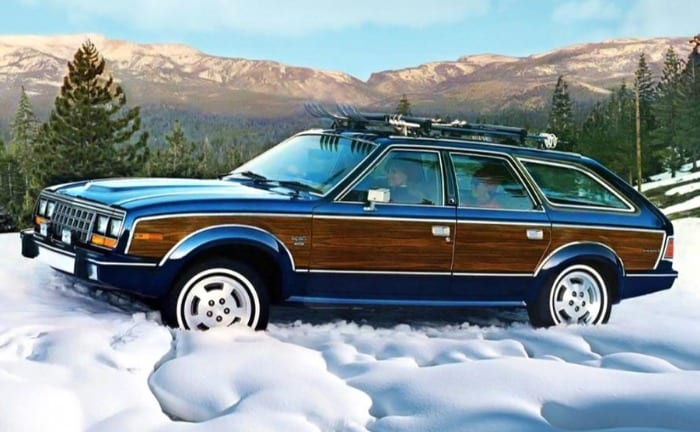
In 1981-82, the company expanded its line of "crossovers" convertible Targa. The model was called AMC Sundancer. All-wheel drive vehicles were based on the road version - AMC Concord.
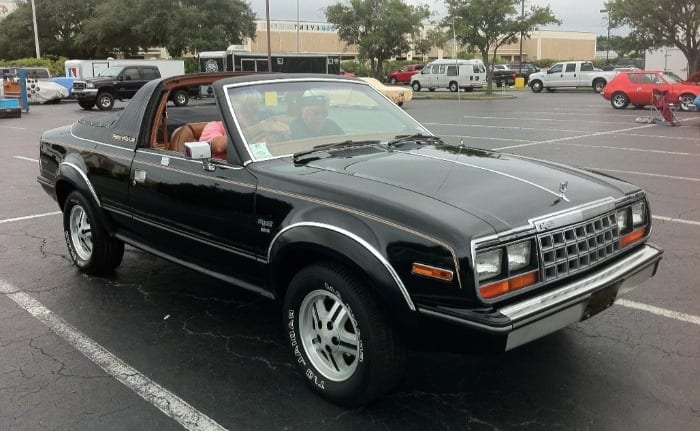
The novelty in the automotive market has gained recognition due to the fact that it was equipped with a simplified transmission with automatic redistribution of traction between the front and rear axles.
The model was positioned as a replacement for the SUV, although companies that produced full-fledged SUVs tried to cultivate the idea that an everyday car does not have to be a hatchback, sedan, or station wagon. In view of this situation, AMC was among those who tried to show the practicality of revolutionary developments.
The Japanese company Toyota turned out to be closer to the realization of the idea of a lightweight SUV. In 1982, Toyota Tercel 4WD appeared. It looked more like a compact SUV, but behaved like a passenger car. True, the novelty had a significant drawback - the four-wheel drive in it was disabled in manual mode.
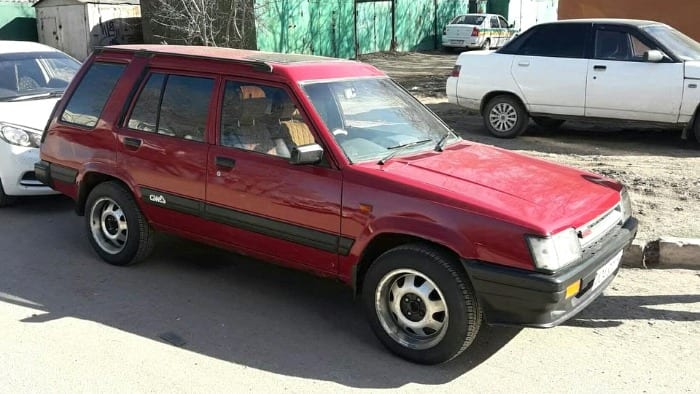
The first crossover in the modern presentation of this body type was the Toyota RAV4 1994 release. The base for the car served as some elements from Corolla and Carina. Thus, motorists were presented with a completely new type of vehicle, rather than a hybrid version.
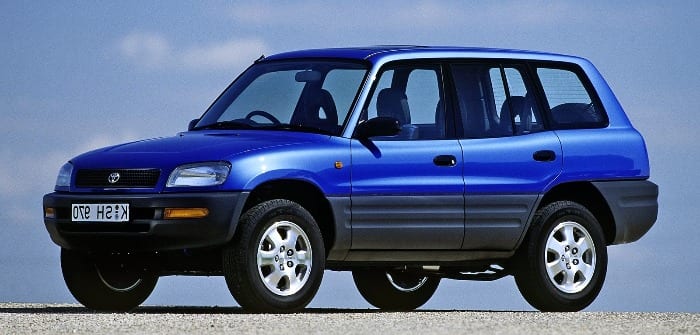
A year later, rivals from Honda tried again, and the Honda CR-V entered the market. True, the manufacturer used the platform from Civic as a basis.
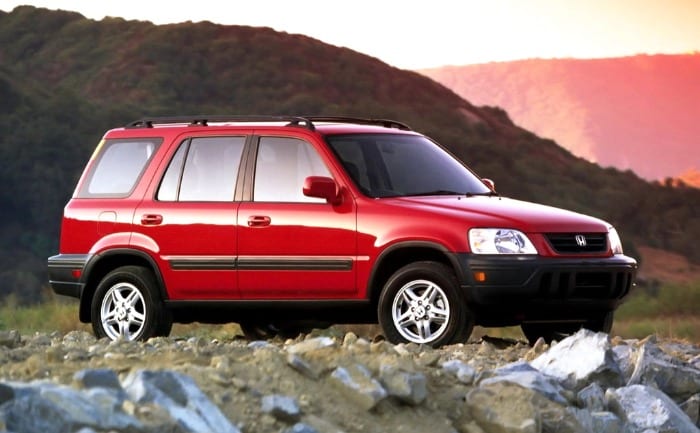
Customers liked these cars due to the fact that on the roads they provided high reliability, and on the highway showed amazing stability and controllability.
SUVs could not boast of these characteristics, because due to the frame structure and the side members running under the bottom, their center of gravity was overestimated. Driving such a machine at high speeds was inconvenient and dangerous.
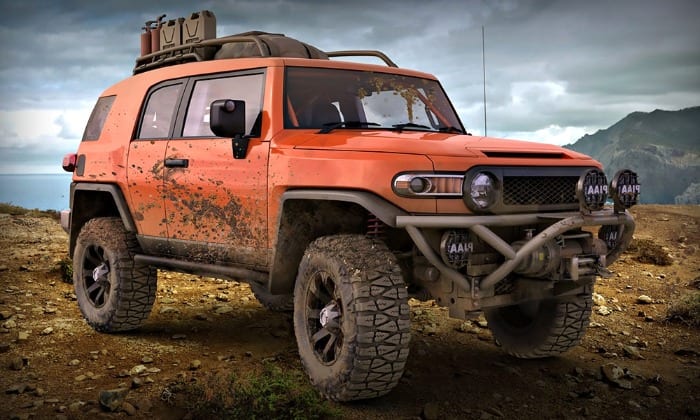
By the beginning of the third millennium, the CUV class began to establish itself firmly, and gained popularity not only in North America. "Budget SUVs" are interested around the world. Thanks to the development of production lines (robotic welding shops appeared), the body assembly process was significantly facilitated and accelerated.
On one platform, it has become easier to create different modifications of the body and interior. Thanks to this, the buyer could choose a vehicle that matched his needs. Gradually, the niche of utilitarian frame SUVs noticeably narrowed. The popularity of crossovers has forced many automakers to transfer many of their models to this class.
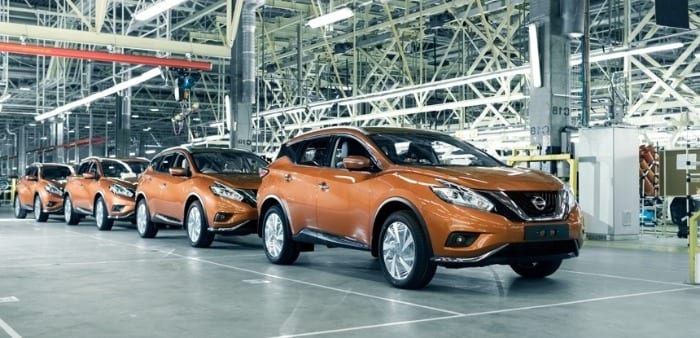
If initially the manufacturers set themselves the goal of giving their product characteristics to overcome the terrain, then today indicators of passenger transport serve as a guideline.
Appearance and body structure
Externally, the crossover does not have any special differences from the SUV, which would distinguish the vehicle into a separate niche for classification in body shape, as is clearly the case with the sedan and station wagon.
The main representatives of the class are compact SUVs, but there are also real "giants". Key features of the crossover relate to the technical part. To make the model practical, both on the road and on the highway, some elements are taken from an SUV (for example, increased ground clearance, four-wheel drive, a spacious interior), and some are from a passenger car (suspension, engine, comfort systems, etc.).
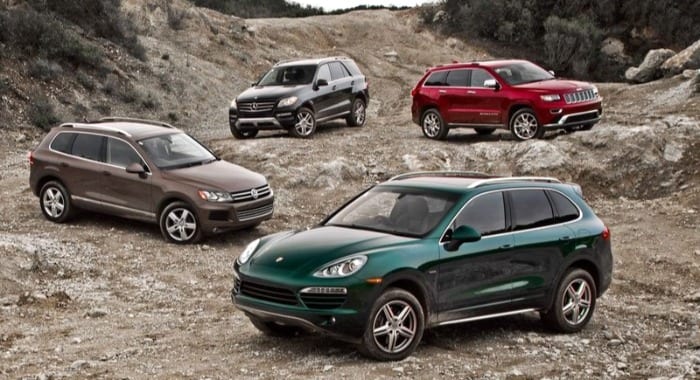
To make the car more stable on the highway, the frame structure was removed from the chassis. This allowed the center of gravity to be moved slightly lower. For greater off-road reliability, the supporting body is complemented by stiffeners.
Although many models are equipped with four-wheel drive, this system is simplified as much as possible to reduce the cost. By default, most models transfer torque to the front wheels (models such as the BMW X1 are rear-wheel drive by default). When the axle slips, four-wheel drive engages. These vehicles do not have a center differential. They are also deprived of forced (manual) activation of all-wheel drive.
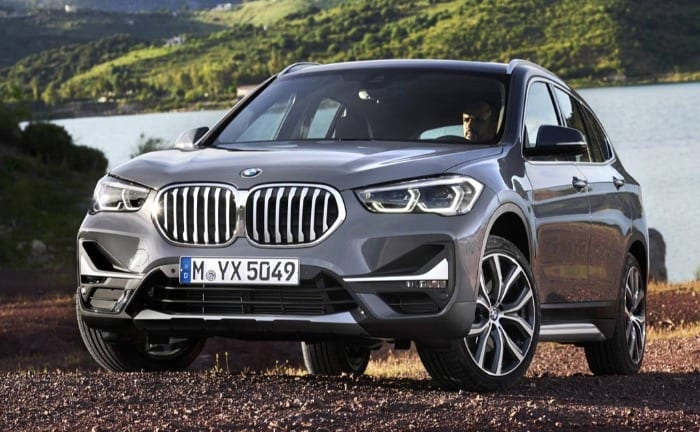
Since the transmission of crossovers is simpler than that of full-fledged SUVs, on strong off-road they are ineffective. Four-wheel drive will help to overcome a little dirt, and in urban conditions will help keep the car on ice.
High ground clearance and precise control
Among the crossover class, there are also models called SUVs. To understand what their differences are, it is necessary to take into account that the SUV is created in order to combine the technical characteristics of a full-size crossover and a premium-class car in one vehicle.
Such cars always have a luxurious and roomy interior with a minimum passenger capacity of 5 people, but sometimes they have an additional two seats that fold down for more trunk space.
Compared to full-fledged SUVs, these cars still have slightly smaller dimensions and do not receive those options that allow them to overcome serious off-road conditions. Thanks to this, such cars can easily cope with the busy traffic of a big city without compromising the comfort of everyone inside the SUV.
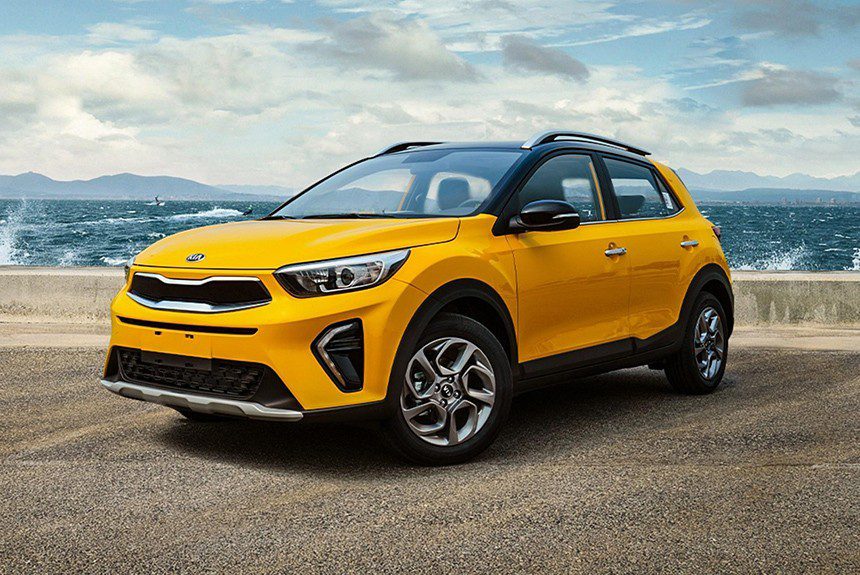
Also SUVs are not equipped with all-wheel drive. The very name of the class implies that the car is designed to drive on a flat road, as if on parquet. Therefore, such transport is useless even on off-road of medium difficulty. In fact, this is an ordinary city car, only with the appearance and comfort of an SUV.
In the conditions of city roads and dry country roads, the SUV is an ideal option for lovers of a comfortable ride. Such cars have the maneuverability and ease of control characteristic of passenger cars. but the comfort in them is much higher than in passenger cars.
Crossover Subclasses
Consumer interest in this class of cars encourages manufacturers to produce models with different characteristics. To date, several subclasses have already formed.
Full size
These are the largest models that can hardly be called crossovers. The term SUV is erroneously applied to representatives of a subclass. In fact, this is a "transitional link" between a full-fledged SUV and a passenger car. The main emphasis in such models is on the similarity with the utilitarian "brothers."
Among the representatives of the subclass, the following stand out:
- Hyundai Palisade. The giant was introduced in the fall of 2018. Its dimensions are: length 4981, width 1976, and height 1750 millimeters;

- Cadillac XT6. The flagship premium crossover reaches 5050 in length, 1964 in width, and 1784 mm in height;

- Kia Telluride. The largest representative of the South Korean manufacturer has such dimensions (L / W / H): 5001/1989/1750 millimeters.

The brochures indicate that these are full-fledged SUVs, but they are devoid of many elements inherent in that category.
Medium
The next category of crossovers are slightly smaller. The most famous and original cars in this category are:
- Kia Sorento 4th generation. located at the junction between full- and mid-size models. Its dimensions are 4810mm. in length, 1900mm. in width and 1700mm. in height;

- Chery Tiggo 8. Crossover length is 4700mm, width - 1860mm, and height - 1746mm;

- Ford Mustang Mach-E. This is the first ever fully electric crossover SUV in the history of the American manufacturer. Dimensions (length / width / height): 4724/1880/1600 millimeters;

- Citroen C5 Aircross is another flagship representative of this subclass. Its dimensions are: 4510mm. length, 1860mm. width and 1670mm. heights.

Compact
Most often, among the representatives of this subclass of crossovers, relatively budget options are found. Most models are created on the platform of a car class C or B +. The dimensions of these cars fit into the framework of the standard "golf class". An example are:
- Skoda Karoq. The length of the car is 4382, the width is 1841, and the height is 1603 millimeters.

- Toyota RAV4. In the fourth generation, the car body reaches such dimensions: 4605/1845/1670 (d * w * h);

- Ford Kuga. The first generation has the following dimensions: 4443/1842 / 1677mm .;

- 2nd generation Nissan Qashkai. Dimensions in the same sequence - 4377/1806/1590 millimeters.

Mini or subcompact
Such models are more like road cars with increased cross-country ability. Often they are confused with other types of bodies. An example of this subclass are:
- Nissan Juke of the first generation in length reaches 4135mm, 1765mm wide, and 1565mm high;

- Ford EcoSport. Its dimensions are: 4273/1765/1662;

- Kia Soul 2nd generation. This car causes many disagreements: for some it is a hatchback, for others it is a compact engine, and the manufacturer positions it as a crossover. The length of the car is 4140mm, width - 1800mm, height - 1593mm.

The main features of crossovers
At least a crossover is a five-seater car. Such cars belong to the CUV (Crossover Utility Vehicle) class, and they have increased ground clearance compared to other passenger vehicles. Also in such transport there is always a roomy trunk, which makes it possible to use the car for car tourism.
In addition to these characteristics, many crossover models are equipped with a differential lock (or its imitation by braking the suspended wheel with the ABS system), as well as permanent or plug-in all-wheel drive. Crossovers belonging to the budget segment receive the same characteristics as classic passenger vehicles (sedan, station wagon, hatchback or liftback), which are operated in urban areas.
Such crossovers (budget) look like real SUVs, only the ability to overcome off-road conditions for such vehicles is very limited. As already mentioned, all crossovers are divided into classes:
- Minicrossover (subcompact);
- small size;
- Compact;
- Shear size;
- Full size.
If we talk about full-size crossovers, then these are cars that can be freely called an SUV (at least if we take into account their dimensions and bodywork). Their off-road ability depends on the configuration.
But most often in such models there is a plug-in all-wheel drive (mainly with the help of a viscous coupling). In addition to excellent technical equipment, such cars are prestigious and often receive the maximum package of comfort options. Examples of full-size crossovers are the BMW X5 or the Audi Q7.
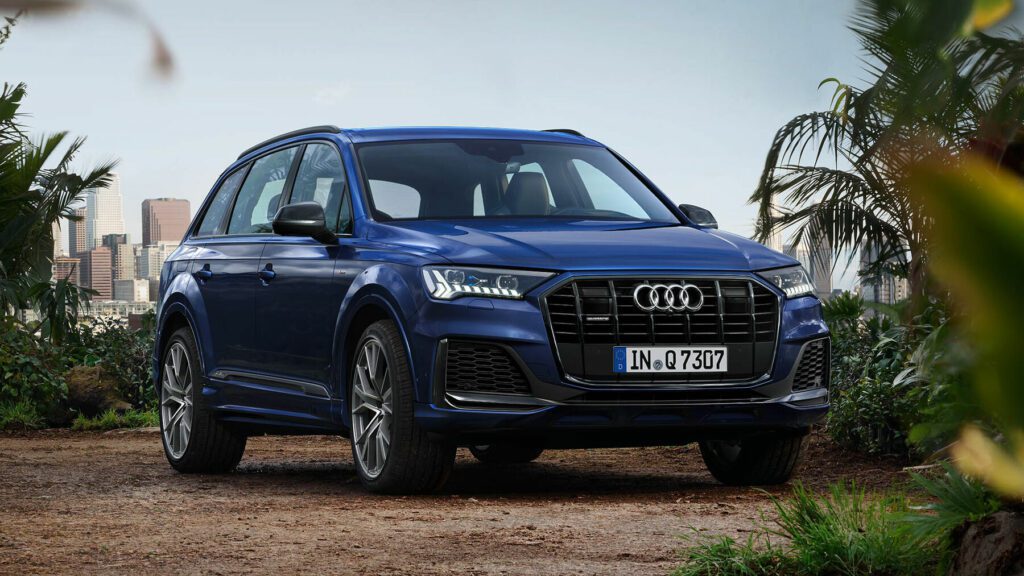
Mid-size crossovers get somewhat modest dimensions compared to high-end models. But they remain quite comfortable and technically can not be inferior to previous models. This class includes Volvo CX-60 or KIA Sorento.
Compact, small and mini-class crossovers are more suitable for use only in urban areas or on simple country roads. The compact class is represented by Ford Kuga, small models by Renault Duster, and subcompact models by Citroen C3 Aircross or VW Nivus. Often mini crossovers are hatchbacks or coupes with increased ground clearance. Such models are also called cross-coupe or hatch crosses.
What is different from SUV and SUV
Most buyers confuse representatives of these classes, because the main differences are only constructive. Externally, such cars rarely have serious differences.
A full-fledged SUV can be smaller than a crossover. An example of this is the Suzuki Jimni. Compared to the Nissan Juke, this car seems diminutive for off-road enthusiasts. This example shows that the crossover cannot be compared to an SUV in terms of its appearance.
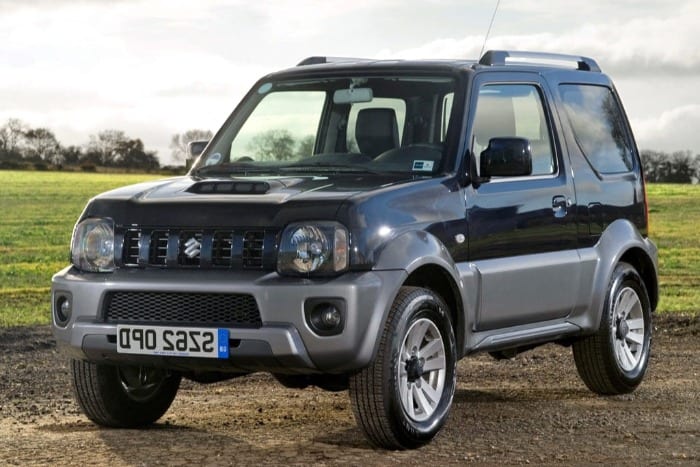
More often, among the SUVs in the full sense of the term, there are large models. Among them is the Chevrolet Suburban. The giant is 5699 mm long and 1930 mm high. Some models are designed for 9 seats including the driver's.
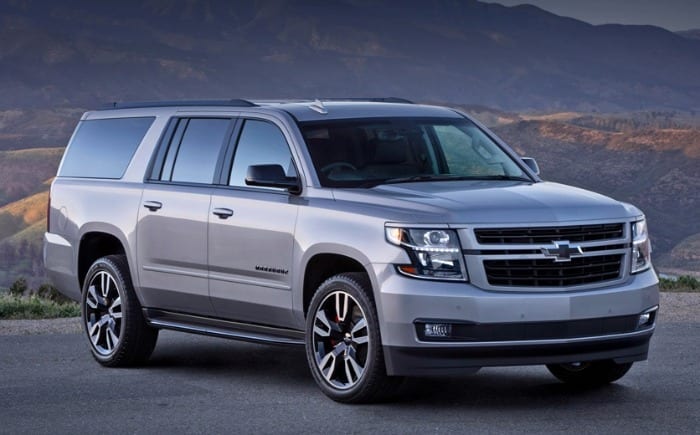
A similar approach is applied in the case of comparing a crossover with a SUV. The second looks no different from a full-size SUV, however, in terms of technology, it is designed to drive exclusively on smooth roads.
In the case of SUVs, they always have front-wheel drive. Rather, the SUV is the next step after representatives of the SUV and CUV class. They are significantly inferior in performance even to crossovers, although they can look more impressive in appearance and be more comfortable in the cabin.
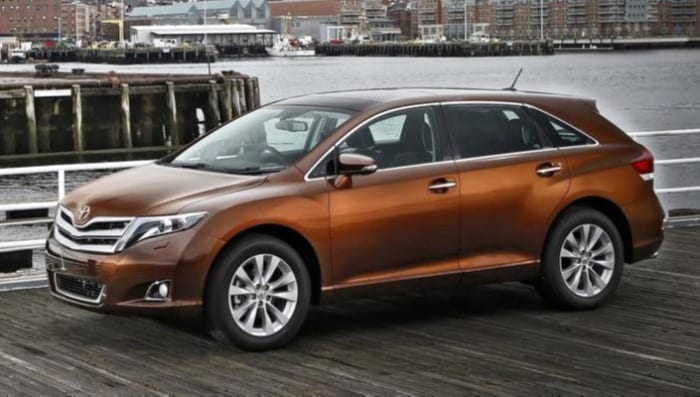
Here is a list of the main factors that distinguish a crossover from an SUV and SUV:
- Bearing body instead of the frame structure. This significantly reduces the weight of the car and its cost. For this reason, the production of crossovers takes less materials and its cost is relatively small.
- The crossover is going on the platform of a car. Here are some examples: Audi Q7 (Audi A6 platform), BMW X3 (BMW 3-series), Ford EcoSport (Ford Fiesta), Honda CR-V / Element (Honda Civic) and others.


- Most modern crossovers do not have transfer case. Instead, the second axis is automatically switched on using a viscous coupling or an electromagnetic coupling when the car enters the road with a heterogeneous coating (snow on ice or dirt).
- If we compare the crossover with an SUV, then the first is significantly inferior in ford depth and ascent / descent angles, since its transmission does not have the elements necessary to overcome serious mountain hills. The ground clearance in crossovers most often does not exceed 200 millimeters.
- By default, all crossovers are driven to only one axle (front or rear). The second turns on when the leader starts to slip. In order to attract more buyers to their products, some manufacturers equip their vehicles with only one drive. Dimler, for example, plans to convert Mercedes-Benz crossovers to front- or rear-wheel drive variants.

- Compared to SUVs, crossovers are less "gluttonous." The relatively low consumption is explained by the fact that the motor in them is installed less efficient. The power of the power unit is sufficient for operation in urban mode, and a small margin allows you to ride on a small off-road. Also, many models in this category have improved aerodynamics, which positively affects fuel consumption.
- Before full-fledged SUVs, some models of crossovers are significantly inferior in volume of the trunk. Of course, if we are not talking about small SUV cars.
A few words about choosing a crossover
Since the crossover combines the comfort of a city car with the practicality of an SUV, this type of vehicle is ideal for outdoor enthusiasts, but who live in a metropolis. Residents of small cities of the post-Soviet space appreciated the benefits of just such cars.
Roads in such an area are rarely of high quality, which is why in some cases it is impossible to use a beautiful passenger car. But thanks to the increased ground clearance, reinforced chassis and suspension, the crossover will cope well on such roads.
Here are some useful tips to help you choose the perfect crossover model for you:
- The very first rule is to decide not only on the price of the vehicle. It is also important to calculate how much it will cost to maintain such a machine.
- Next, we select the automaker. In this regard, it should be borne in mind that once separate companies are now sub-brands of one automaker. An example of this is the VAG concern, which includes Audi, Volkswagen, Skoda, Seat and other companies (the full list of automakers that are part of the VAG concern can be found here).
- If you plan to use the car for frequent cross-country trips, then it is better to choose a model with a large wheel width.
- Ground clearance is an important parameter for a car that drives on country roads. The larger it is, the less chance the bottom will catch on a stone or a sticking stump.
- For a car that overcomes off-road, but at the same time is operated in urban mode, the option of a connected all-wheel drive will be useful. This will save fuel compared to permanent all-wheel drive models.
- Comfort is an important parameter for those who expect to enjoy their trip. If the driver has a large family, then in addition to comfort, you should pay attention to the size of the cabin and trunk.
- The crossover is primarily a practical car, so the elegance inherent in convertibles should not be expected from such a model.
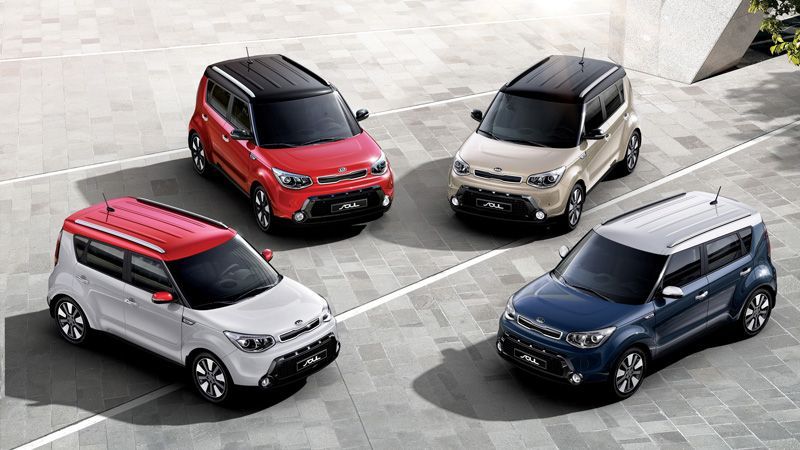
The most popular crossover models
So, as we have seen, crossovers are popular among those who like to conquer off-road terrain, but at the same time connoisseurs of the comfort inherent in passenger cars. In the CIS countries, the following crossover models are popular:
- KIA Sportage - equipped with all-wheel drive. Depending on the configuration, up to 100 km / h. accelerates in just 9.8 seconds. The car has a spacious trunk, a comfortable interior and an attractive design. Additional options can be ordered for a surcharge;
- Nissan Quashgai - has compact dimensions, but the car is spacious enough for five people. Depending on the configuration, the model can be all-wheel drive. One of the advantages of the Japanese model is a large package of options already in the basic configuration;
- Toyota RAV4 - in addition to renowned Japanese quality, this model has an attractive design and advanced equipment. In the class of compact crossovers, this car occupies a leading position in terms of technical characteristics;
- Renault Duster - was originally created as a representative of the economy class, but at the same time it gained popularity even among lovers of comfortable cars. Due to its small size and good technical characteristics, the model is excellent for both city use and for driving on country roads.
Of course, this is not a complete list of worthy models that will perfectly cope with the urban rhythm and with simple off-roading. A complete list of crossovers and a description for them is in our auto catalog.
Advantages and disadvantages of a crossover
Since cars of the CUV class were created as a compromise to the frame SUV, their advantages and disadvantages are relative. It all depends on which category to compare.
Compared to a conventional passenger car, the crossover has the following advantages:
- Higher passability, therefore, by car you can overcome a slight off-road;
- Improved visibility due to the high landing of the driver;
- With all-wheel drive, the car is easier to drive on difficult sections of the road.
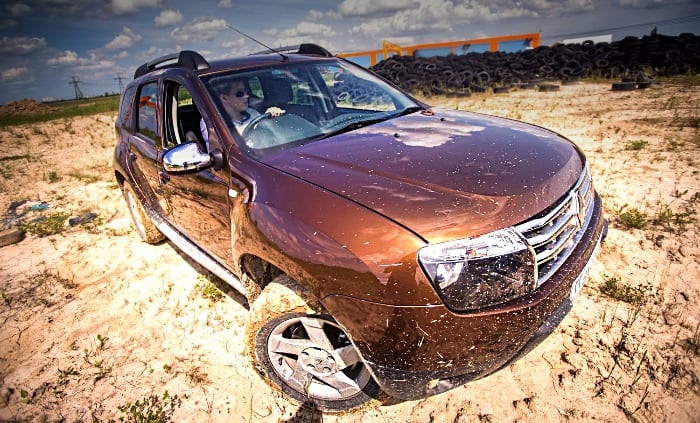
The disadvantages in this category of comparisons are:
- Increased fuel consumption due to the presence of a drive to the second axis and a larger mass;
- For a motorist to feel the usefulness of a crossover, it must be equipped with all-wheel drive and a powerful engine. In this case, the car will be much more expensive. The same applies to build quality - if you plan to use the car for Off-road competitions, you should choose a model in which the interior is not easily soiled, and the body is quite strong. The more reliable and practical a car is, the more expensive it will be;
- Car maintenance is more expensive than usual, especially if it is equipped with all-wheel drive;
- In earlier models, comfort was given less importance to make the car cheaper. In modern models, increased comfort is offset by a decrease in off-road performance, so that the vehicle remains in the affordable price segment.
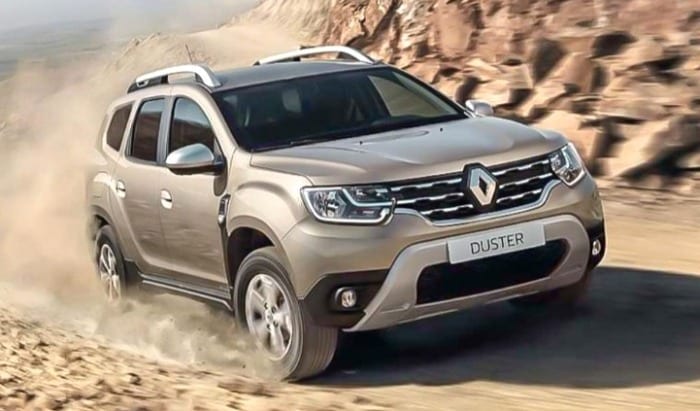
The advantages over a frame SUV are:
- Lower fuel consumption (if you compare cars of similar sizes);
- Better handling at high speeds and more dynamic in urban mode;
- Cheaper to maintain due to the lack of complex transmission mechanisms (especially if the front-wheel drive crossover).
The disadvantages in comparison with the category of SUV include the following:
- Due to the lack of a serious all-wheel drive transmission with lower gears, the crossover is useless in off-road races. To overcome a high hill, you need to take acceleration on such a car, while a full-fledged SUV is more “confident” on ups and downs (of course, on some hills even SUVs are helpless);

- There is no frame in the design of the crossovers, so strong off-road jolts can seriously damage the carrier body.
- Although CUV-class vehicles are positioned as a cross-country vehicle for off-road driving, it should be remembered that it should be insignificant, for example, a dirt country or forest road, as well as a shallow ford.
As you can see, the crossover is an original solution in finding a compromise between a passenger car and a frameless SUV that is useless in urban mode. Before deciding on this category of car, you should analyze in what conditions it will be used more often.
Related videos
In conclusion, we offer a short video review of Japanese crossovers:
Questions and answers:
Why is it called a crossover? For the first time in the world, car enthusiasts began to use the word crossover, starting with the release of some Chrysler models (1987). This word is based on the abbreviation CUV (Crossover Utility Vehicle), which translates as crossover vehicle. In the modern car world, a crossover and a full-fledged SUV are different concepts.
What is the difference between a crossover and an SUV? An SUV (SUV class) is a vehicle capable of tackling serious off-road conditions. In full-fledged SUVs, a frame chassis is used, and the crossover uses a monocoque body. The crossover only looks like an SUV, but such a car has less ability to conquer off-road. In the budget version, the crossover is equipped with a power unit that is usual for a passenger car, only it has a higher ground clearance. Some crossovers are equipped with an all-wheel drive transmission with permanent or plug-in all-wheel drive.


